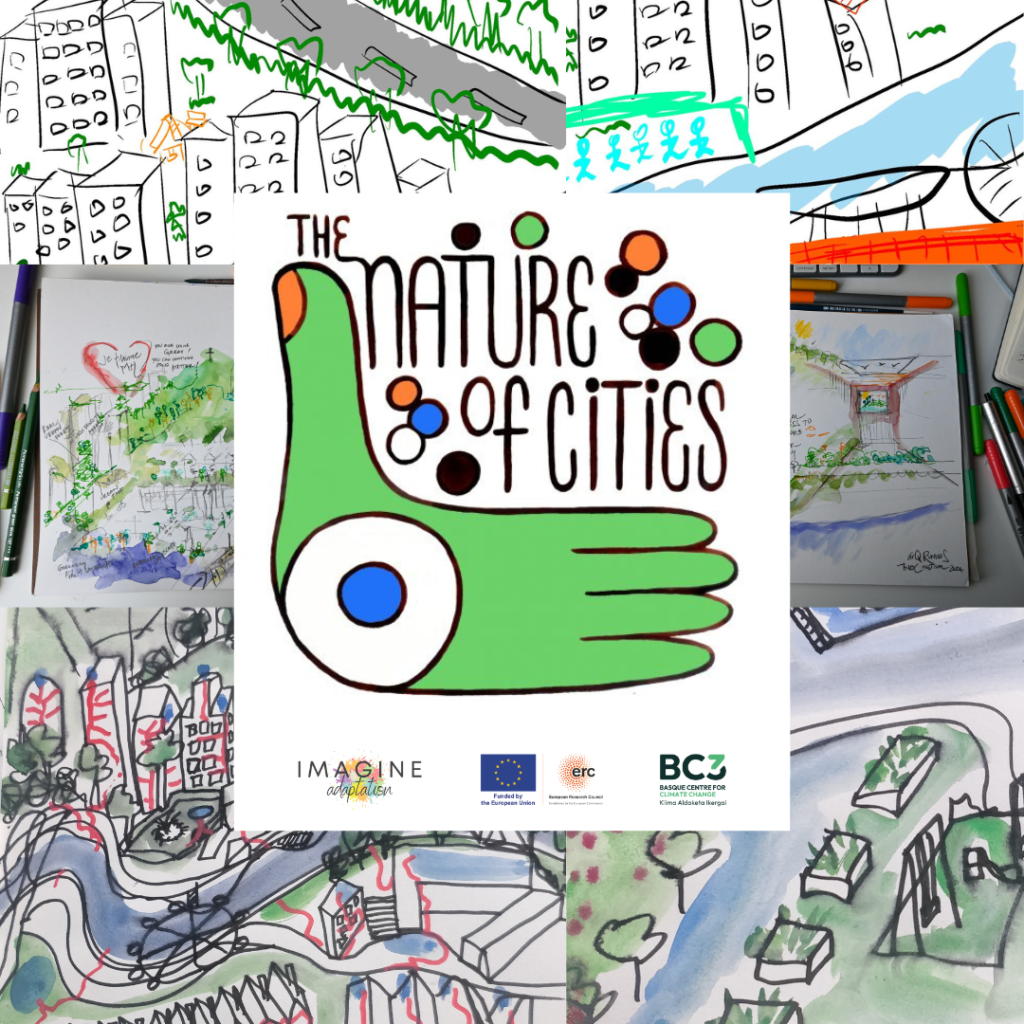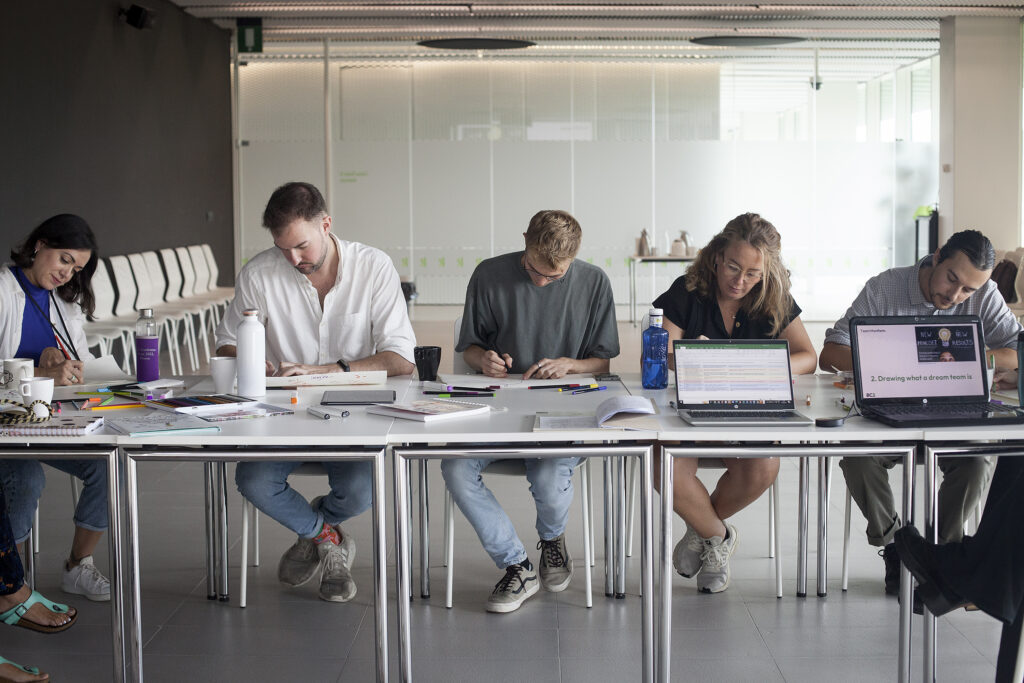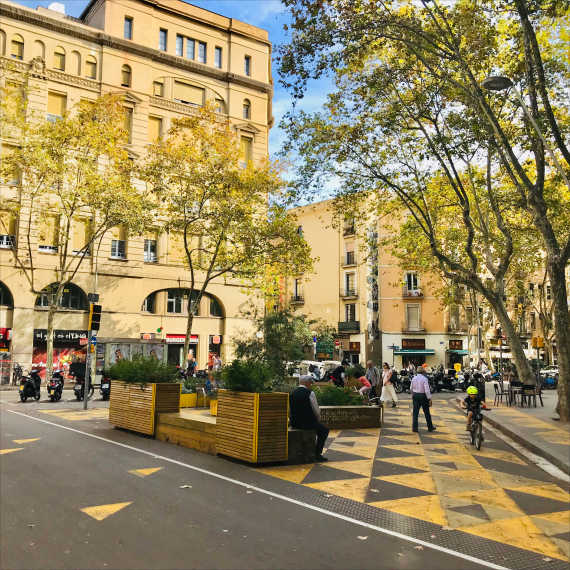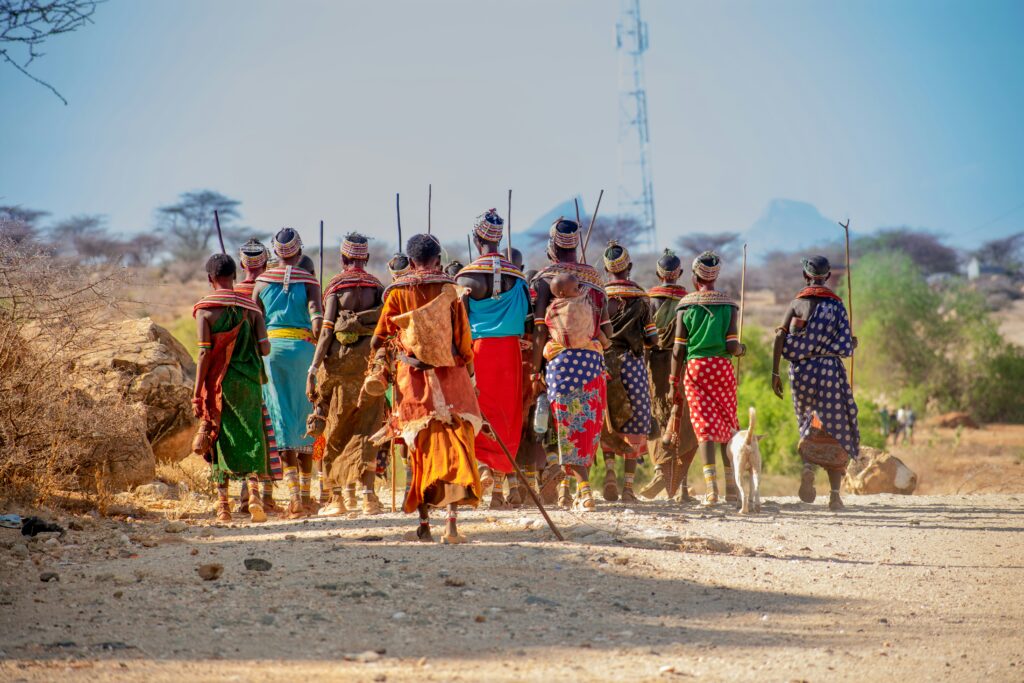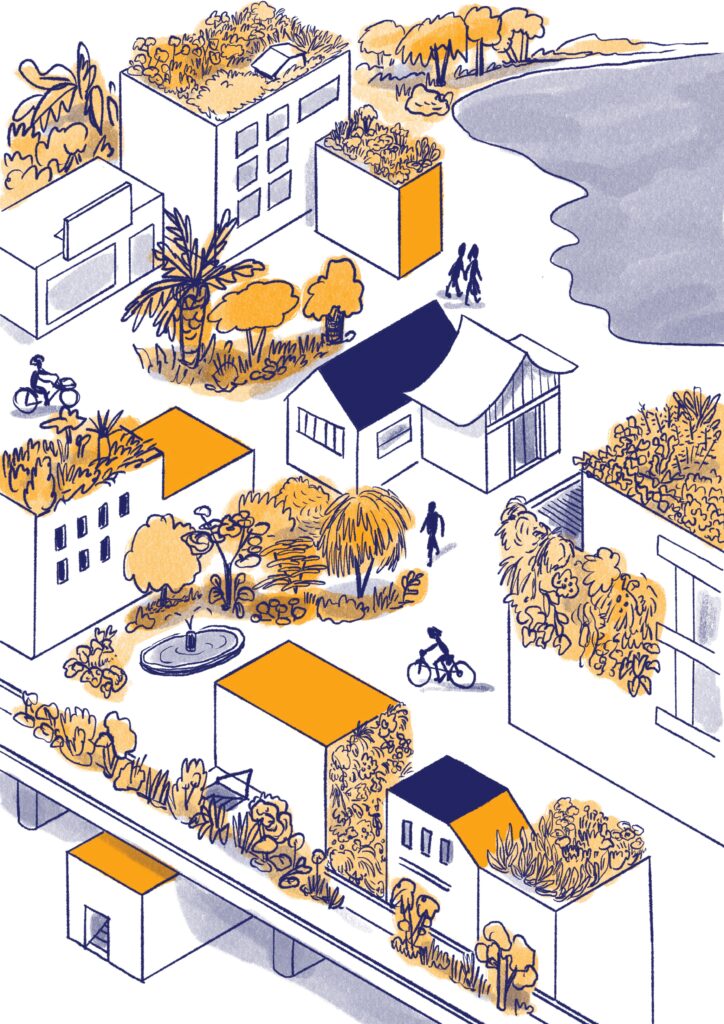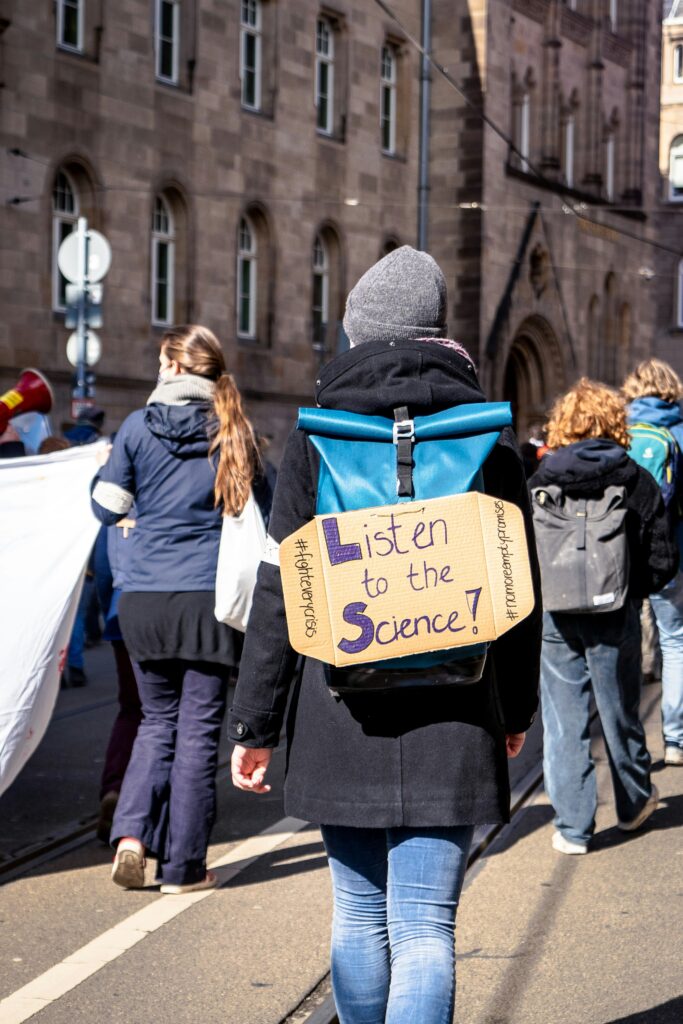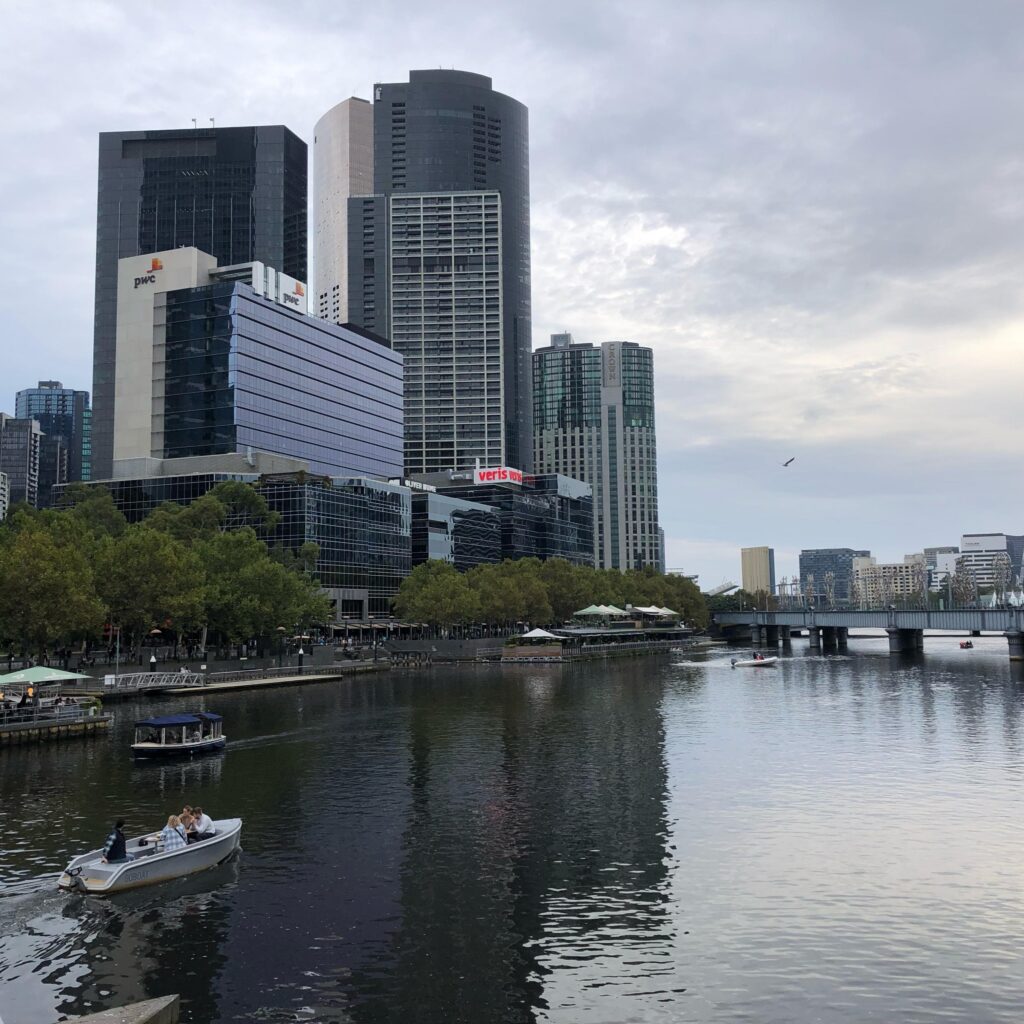Narratives are increasingly being used to support climate change adaptation in cities, and creative approaches like art and storytelling are key to achieving it.
In IMAGINE adaptation we are currently working with cities to identify different views on how the adapted city can look through imaginaries. The word imagine can have many different meanings, for example the Oxford Dictionary’s definition of imagine is: to form a picture in your mind of what something might be like. There are more meanings to it, but in this article we will focus on the following two:
- One is the act of thinking about climate change adaptations.
- The second meaning is to reflect on what values different citizens have and how they influence their imagined adaptation.
There are studies on the topic of imagining, also from a psychological and neurological perspective. For instance previous research proves that imagining an action stimulates regions of the brain responsible for the real life execution of said action. Imagining is thus an important supporting step for real life execution of the imagined situation.
Imagining is used in different ways in Julia Bentz ‘book about Creative Approaches to Climate and Peace Education. The book gives an overview on the effects of Art and Storytelling as an educational tool. She states that
“Stories have a number of superpowers and therefore can play a role in societal change.” – Julia Benzt, 2023
Storytelling
Storytelling enables learning different perspectives and knowledge about abstract concepts and topics like climate and peace. Stories lead to a felt experience rather than an abstract concept such as climate change. This lowers the bar for people to take part in conversations on these metaphysical topics. Stories also facilitate a change or reinforcement of the present reality, as stories reflect beliefs and values, and these two shape the reality we are living in.
The main approach in telling stories about climate change is a narrative that makes risk and dangers of climate change a focal point. Which confirms the relying on the assumption that a fear induced approach would lead to action. However Julia Bentz concludes:
“While informing about climate impacts and conflicts is important, it has a limited effect on empowering young people to act for peace, justice, and sustainability.” – Julia Benzt, 2023
What’s more, studies prove that this approach, rather than empowering, leads to anxiety, frustration and apathy in action.
We need to facilitate the tool of storytelling to our advantage to empower the audience of our stories that paint the picture in their imagination of a city with effective climate change adaptation. That being said, another tool for that is of course art in itself.
Art
Meaningful connections can be created by art-based practices, they are a powerful tool in education. They encourage engagement and enable communication of different emotional aspects and create connection with the audience and the participant.
Emphasis is put on the assumption that to act differently, people need to see differently. This change of perspectives can be achieved by utilising art, as well as gaining insights in complexities. Art-based teaching approaches enrich and extend the reach of their content. They also enable the use of non-verbal approaches and are capable of revealing the unseen.
“Integrating art in climate and peace education can expand young people’s imagination of a regenerative, equitable, and peaceful present and future because art has the capacity to create learning spaces.” – Julia Benzt, 2023
These learning spaces allow creative, playful and non judgmental practices that help the learners to experiment with a variety of perspectives and opens their mind and encourages them to discover their personal relation to the abstract concepts.
One example of this is the use of theatre techniques to build connections in groups of people with diverse backgrounds or understanding of different perspectives. It gives people a chance to put themselves in the shoes of other people, animals, or even natural entities, examples for this can be the art-based method Inviting Non-Human Stakeholders or Augusto Boal’s Theatre of the Oppressed.
Another art example is the project RISING, placed in Dublin, that incorporated STEAM (science, technology, engineering, the arts and mathematics) in adult learning approaches to climate change. The project involved artists, community participants and scientists. Hurley and Roche wrote in their paper RISING strong: Sustainable through Art, Science and Collective Community Action:
“The RISING project serves as an example of how artistic approaches, in conjunction with scientific expertise and participant knowledge, can create unique vehicles for participant learning and public engagement with climate change.” – Hurley and Roche, 2023
An article by Jacobsen, Seavey and Mueller from 2016, points out that the design of climate change communication has since the beginning been offkey. Solely factual information about the wished for change of behaviour does not reach the desired audience. The audience is not provoked to reflect on their behaviour, choices and what influences them. Here fits a quote by Bill McKibben the founder of 350.org:
“Art can convey in a different way than science the threat that climate change poses to our planet. The world’s best scientists have tried to wake-up politicians to the climate crisis, now we’re counting on artists to help.” – Bill McKibben, n.d.
The fact that climate change means different things to different people depending on age, experience, and context supports the idea of making room for exploring those meanings and the associated value systems.
These examples of creative approaches to encourage people to participate in conversations about abstract topics like climate and peace can be used to support enlightenment and enable a change of perspective, narrative and behaviour in a playful and approachable manner. On top of that they also help to identify the current state of narratives that people have. It thus reflects the values that influence climate change adaptation of the participants/citizens. Finally the creative approaches enable people to see the past, present or future thus bringing imaginaries of the different futures to life.
Cover Image: Luise Hesse, Climate Illustrated (Original Image, Page 49 – Julia Benzt, 2023)




